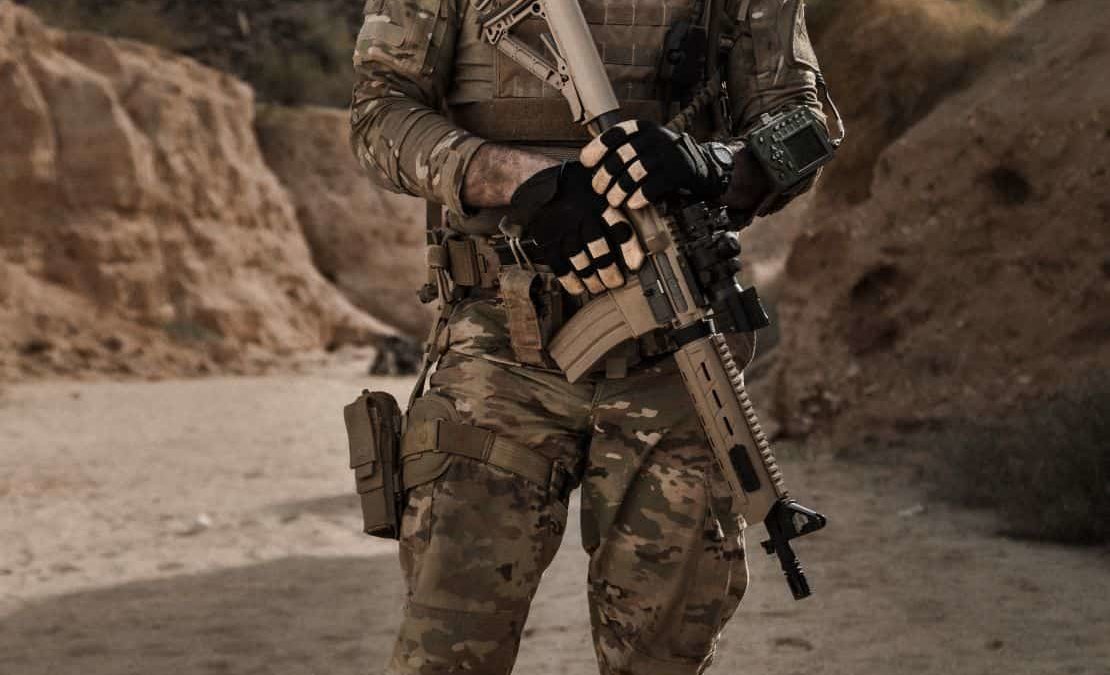
How does a flight suit work?
A flight suit is a tactical gear that is worn when flying aircraft, such as military planes, gliders, and helicopters. A good suit will keep the wearer warm, as well as provide practical (many pockets), and durable attributes (such as fire retardancy). This tactical gear usually looks like jumpsuits. An air force flight suit may also have rank insignia. The practical nature of the uniform makes it useful in close-quarters battles or board, search, and seize situations.
Currently, most air and naval forces use Nomex flight suits, which are made of spun aramid fabric that is lightweight and fire-resistant. In the event of a fire, flame-resistant materials like this can help protect aviators. In general, the suit is green or tan and has a variety of pockets to store gear (for example, a clear plastic pocket on the thigh holds a map of the flight path), but its style, color, and cut vary widely from country to country. There are two types of flight suits in use by the US military at present, the CWU 27/P and the CWU 27/P/T. Civilian flight suits are also available, and they are frequently worn by helicopter crews (including flight engineers, paramedics, and nurses), aerobatic pilots, and others in need of a practical “uniform”. CWU 27/P flight suits have numerous pockets, however, all of the pockets are on the front of the suit or on the arms or legs.
This tactical gear does not have pockets at the back. This design allows easier access to pockets while sitting (such as in an aircraft cockpit). It also assures that items in a back pocket (such as a wallet) are not sat on while the wearer is seated. Before now, the US Marine Corps’ standard anti-flame camouflage utilities were not flame-resistant, so most of their patrol vehicles were fitted with flight suits during ground combat operations. With the introduction of FROG, Flame Resistant Organizational Gear, the use of flight suits among ground personnel has been phased out. FROG is similar to standard camouflage utilities.
Follow along with our blog here.